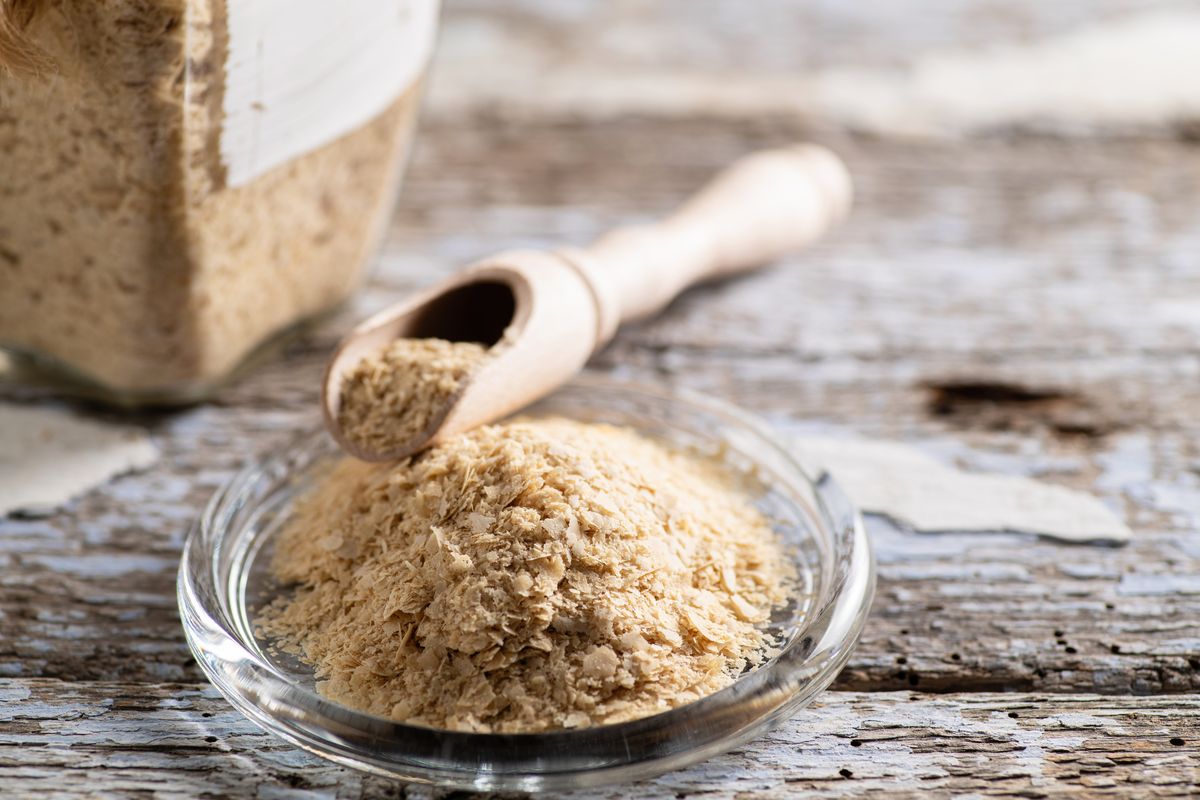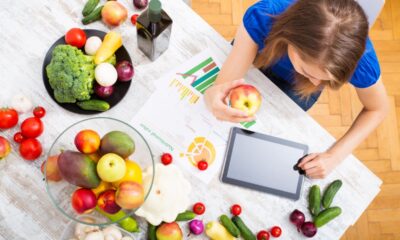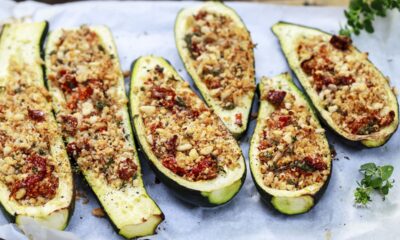Recipes
Edible yeast: here’s everything you need to know

Nutritional yeast is an ingredient widely used in vegan cuisine but also as a supplement. Here is what it is and some recipes to try it.
Nutritional yeast, also called nutritional yeast, is a widely used ingredient in vegetarian and vegan cooking . The reasons are different and range from its nutritional properties to taste. It is precisely the latter that ensures that food dry yeast is present in many vegan recipes: if you have had the opportunity to taste it, in fact, you will know that the flavor is reminiscent of that of cheese . In reality, behind this ingredient there is really much more: let's find out everything together.

Edible yeast: what it is
Let's start by saying that, despite the name, nutritional yeast is not a yeast in the strict sense of the term. It cannot therefore be used in the kitchen with a leavening function because the process to which it is subjected causes its “deactivation”. In fact, vegetable yeast is obtained from the culture of a fungus belonging to the Saccharomycies cerevisiae family, the same as the classic yeast, in a glucose solution.
This process is followed by that of deactivation by heat which thus cancels the leavening properties. Finally, everything is washed, dried and then reduced to flakes or powder, these are in fact the two formats in which it is possible to find it on the market.
Homemade nutritional yeast
It is also possible to make DIY nutritional yeast quite simply . Get a thick-bottomed pan and heat it well. Pour an amount of dry yeast for bread and pizza into sachets of your choice and make sure to distribute it evenly on the bottom of the pan.
Let it toast for about 5 minutes , stirring often with a spatula, until it has a uniform brown color. Turn off and let cool in the pan before storing it in an airtight container.
This technique, however, does not allow to know if the yeast has actually deactivated therefore , if consumed as nutritional yeast, it could cause swelling .
Edible yeast: properties
Dietary yeast in flakes, known since the time of the ancient Egyptians, is used not only in the vegan diet as a flavor enhancer , but also as a real food supplement . Although it is grown in a sugar solution (molasses, cane or beet sugar) it has no added sugar, has a low fat content but above all it does not contain sodium.
It is an excellent source of protein , and this is one of the reasons why it is never lacking in vegetarian and vegan diets, as well as selenium , an antioxidant useful for fighting free radicals and thus reducing the risk of the formation of some cancers. It is also useful for the health and beauty of skin and hair as well as for rebalancing the intestinal flora in case of malabsorption disorders and inflammatory diseases of the colon. The presence of beta glucans also has beneficial effects on the immune system and helps to keep the cholesterol level in the blood under control.
Last but not least, deactivated powdered yeast contains some essential amino acids especially for those following a vegetarian and vegan diet because they cannot be synthesized by the body.
Nutritionally, nutritional yeast provides about 60 cal, 5 g of carbohydrates and 9 g of protein per 100 grams, but these values tend to vary greatly from manufacturer to manufacturer.
Some also think that nutritional yeast is a source of vitamin B12 , usually integrated in vegetarian and vegan diets. In reality, as the SSNV (Scientific Society of Vegetarian Nutrition) points out, " such foods do not contain Vitamin B12 at all, or they contain similar substances but biologically inactive for the human body" . Consequently this is added creating a more complete product from a nutritional point of view.
Edible yeast: contraindications
Nutritional yeast should be consumed in moderation as it could cause a yeast intolerance reaction. It is also not recommended, like all yeasts, for those who suffer from candida or illnesses related to the proliferation of this fungus.
To avoid some of these adverse reactions, the maximum daily consumption should not exceed 6 tablespoons. However, if you intend to use it intensively, we recommend that you consult a doctor first.
Edible yeast: uses in cooking
The nutritional yeast in the recipes is mainly used because of its delicate flavor which recalls that of cheese despite being lactose-free . This is why it is one of the most used ingredients when you decide to prepare homemade vegetable cheeses or want to replicate traditional recipes revisited in a 100% vegetable key, like our amatriciana .
Nutritional yeast can be used in several ways:
- Raw : instead of cheese on pasta, in soups and soups and to flavor salads.
- Cooked : in the mixture of meatballs and vegetable burgers, to make vegetable cheeses. However, keep in mind that heat tends to dissipate some of its beneficial properties.
Food yeast is often used instead of grated cheese directly on pasta, but it is also excellent in more particular recipes such as scrambled tofu. The combination of the two in fact allows a better absorption of calcium. It is also excellent with legumes, on toasted bread with oil or with steamed vegetables. In short, it is one of those truly versatile ingredients that you should have in the pantry.
If you are wondering where to buy nutritional yeast, know that in addition to organic and online stores , it is also possible to find it in the most well-stocked supermarkets in the department of products dedicated to the vegetable diet or in that of food supplements. Once opened, it can be stored in the pantry in a cool and dry place for 2-3 months . In fact, being deactivated, it does not lose its properties.
The nutritional yeast is therefore used not only for its "cheesy" scent but also as a real supplement.
Riproduzione riservata © - WT











